(4557 products available)















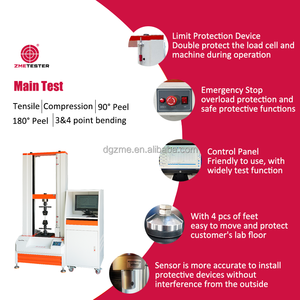




























































































































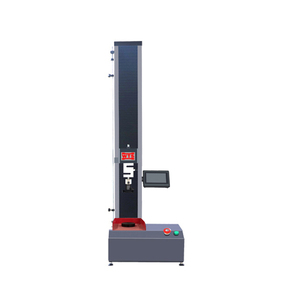







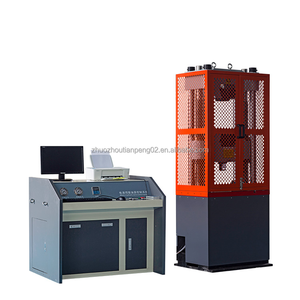














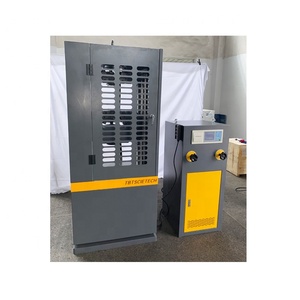





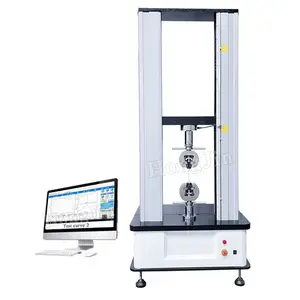











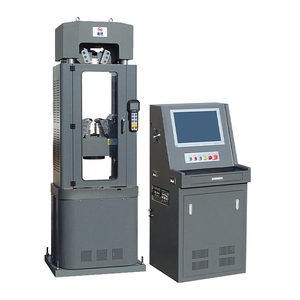


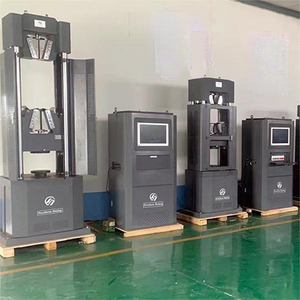


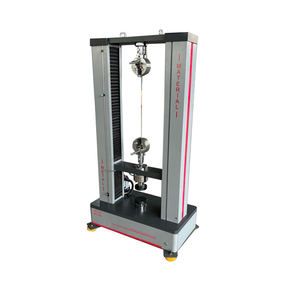

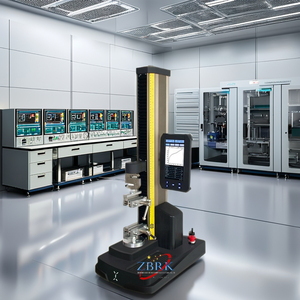



















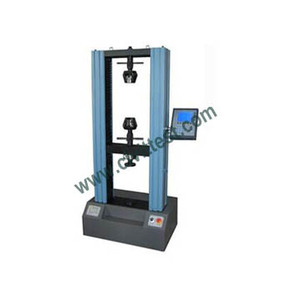





There are many kinds of universal compression testing machines that perform the job and offer value for money by providing authenticated outcomes. Below are the classifications of the machines:
These instruments apply pressure to an object gradually until it breaks. Static devices are costly because they are perceived to have higher accuracy and are used for business applications where test dating is perceived to be vital.
Dynamic testing means the compression rate is altered over a certain period. Such devices are relevant for tests where materials might undergo rapid changes. The information from the test on how the subject interacts with constant movement is of premium value in many exchanges.
Such machines provide basic input reading with a digital display. Although their internal circuits are simple, they are flexible and efficient in reading and storage. Their digital results make them appropriate for testing material properties in laboratories.
These instruments are small, and their main benefit is mobility. It is a benefit when testing in depots, where the universal testing machines cannot be transported. Their compression range is not very wide compared to stationary machines.
Normal testing machines may get damaged when high temperatures are used for testing. Compression machines for high temperatures are designed in a way that they can withstand extreme temperatures by shielding their internal parts. Such machines will effectively work where high heat levels can affect the material properties.
Over the years, these machines have become commonplace in areas where motor controlled compression is essential for accuracy. A typical case is the role of these machines in the testing of concrete in buildings under load to measure how concrete behaves under its design load.
Many such universal machines use premium materials to ensure their endurance. Some commonly used materials include:
Only the steel alloy is used for the frames of universal testers because of its combinations of stiffness and strength and its potential to resist deformation under heavy loading. If there is strong elongation of the material being tested, the frame will remain intact.
Load cells are made of alloys and strain gauges. Strain gauge sensors convert a mechanical motion effect (detected as deformation) into an electric signal. They are placed at strategic locations within the machine to detect force application. Because they are typically made from metal alloys like tungsten or platinum, these materials are chosen due to their ability to detect very tiny strain variations. The precise shaping combined with the stable electro-mechanical properties makes load cells an essential element in universal testing machines.
Common materials internal components are made of are brass, romantic metals, and steel alloys. Brass is commonly applied to terminal connectors due to its anti-corrosion and electrical conduction properties. They may be steel or other precious alloys since rods are used inside the machine to transfer tension. Any machine frictioning or rotating metal parts will employ a material with low wear constitutive, such as cobalt or nickel plating.
Only the frame of compression testing machines and universal testers is made of steel alloys. These steel alloys have the combination of stiffness and strength and the ability to resist deformation under heavy loads. If the material being tested undergoes heavy elongation, the frame remains intact.
The universal compression testing machines are often employed in open-air tests. It follows that the machines must be resistant to weather influences, such as rain, sunlight, and humidity. Outdoor testing devices are coated with appropriate seals and a layer of protective varnish over critical machine elements. This means that rusting of metal parts or even corrosion becomes impossible.
Design-wise, many modern machines feature easy-to-handle grips and adjustable parts so that the operator is comfortable in his operations. This comfort may involve using materials with low weighs and shapes that are easy to hold. Composite materials and ergonomically shapes handles help to reduce the strain on the operator's hands and arms during instances where the testing may take long.
Universal Compression Testing Machines are highly versatile in many scenarios across multiple industries. Below are some of the most common applications:
Usually, the machines perform an assessment of concrete, steel, and other building materials before identification. The testing reveals how the components behave when exposed to the weight and compressive forces applied during building or bridge construction.
In factories, machines check if products such as metals, plastics, and rubber meet required strength standards. This guarantees that items undertake the pressure of normal use without breaking down and contributes to the company's product reliability reputation.
Likewise, scientists use machines to study materials in developing new ones. The data helps them know the limits of substances used in creating safer medical equipment, cars, and electronics. The testing plays a big role in innovation.
For universal machines, the strength of materials used in planes and rockets is extremely critical. There is a need to perform compression tests on materials in extreme environments, such as outer space. In this scenario, universal compression testing machines evaluate how far these components can go under their intended pressures and temperatures.
These machines also test how packaging holds up when it is transported and delivered safely. Universal machines evaluate how much pressure boxes, bottles, or containers can take without collapsing or crushing them when stacked during shipment.
In addition to metals, these machines also test plastic reinforced with fibers and woods. Universal compression testing machines check the strength of different orientations of these materials.
These machines also help test implants, prosthetics, and other medical devices. Universal compression testing machines analyze the strength of materials used in replacement joints. This is mainly to ensure durability and safety in long-term usage of the joints.
While purchasing any universal compression testing machine, one should consider these factors that directly impact the machine's performance and the test precisely. These factors are as below:
Always ensure the machine is adequate for the task at hand. A machine with too small a capacity will not meet the demands of heavy materials, whereas one with excess capacity is expensive. Find the right balance for your organization by considering the material specifications first, then matching them to load requirements.
The compression speed range should be adequate for all test cases. Some materials potentially improve at a slower rate, while others do not. A flexible machine offers settings for all material types to guarantee accurate results. This flexibility supports testing as per many standards.
Priorities in the machine's performance parameters are result accuracy and precision. To obtain valid results, test tools should be placed just like those specified by the International Organization for Standardization. Creep, loading, or release inaccuracies are prohibited. Machines with fewer inaccuracies have an increased capability.
Testing machines are used together with software for information processing. Such software helps record, analyze, and transfer information processed by the machine. Software chooses output formats suitable for users, automatically running their related analysis functions. While selecting a machine, one should ensure that the software is suitable for the related analysis and reports, considering whether it interfaces with laboratory or industrial data collection systems.
For any machine, its complexity affects efficiency. The number of controls desired, the clarity of indicators and instructions, and the amount of time needed for setup, running, and maintenance all impact the efficiency of the operation. Simple machines reduce the likelihood of errors.
Apart from the mechanical parts, one must assess the strength of the materials and covers of the machine structure, especially for portable and outdoor machines. Quality machines have low wear rate moving components. Machines meant for extended use or in tough situations must be hardy. Machines exposed to different elements demand effective protection covers.
A. While static testing assesses material strength under slow, steady pressure during dynamic testing, quick changes in compression simulate more lively conditions.
A. The majority of large machines are immobile and mounted for indoor use, whereas such confined machines are portable for field investigations.
A. Yes, plastics undergo routine testing to evaluate compressive strength, especially of the synthetic kind.
A. They are waterproof. Packaging protects them against water, uv rays, and other weather elements.
A. These materials are used in medical devices such as prosthetics and implants. The machines test them to understand how they will react under stress.